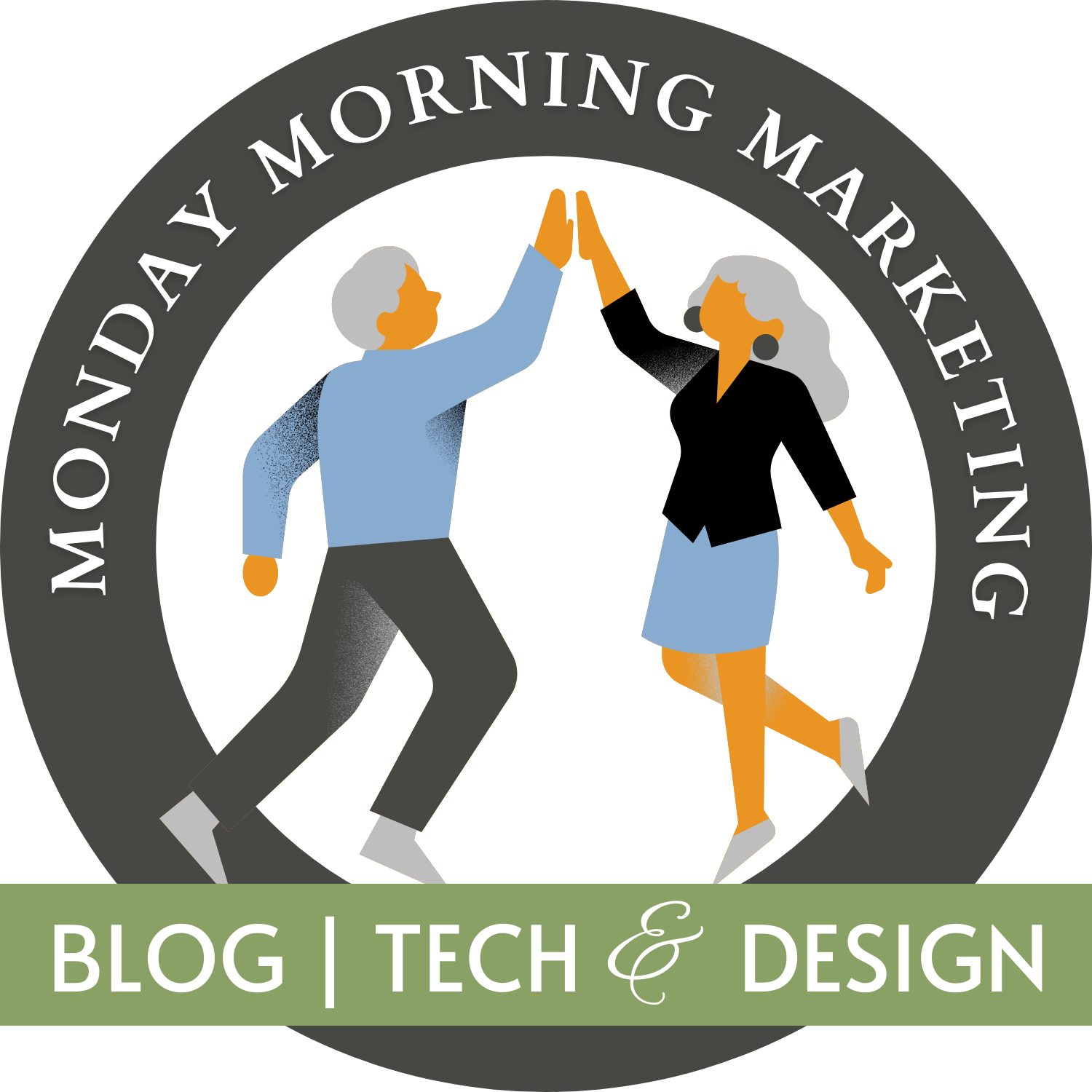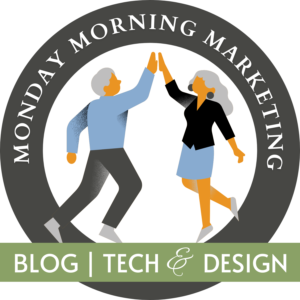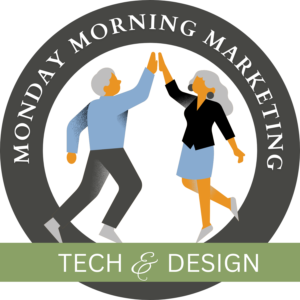The Battle between Facebook and Websites

Maybe you didn’t know there was a battle between two of the top methods of digital marketing. Let me share what I’ve observed in the last few years.
The Problem.
Many business owners have been shunning websites for a number of reasons and using Facebook for their primary marketing platform. Both are good for marketing. Together they are very good! However, depending on the type of business you have, one is better than the other. Here are a few things to consider when you are trying to decide on your main marketing channel.
The Investment.
A professionally designed website can be a bit pricey but when you consider all that it can do for you when set up correctly, it will serve you well. Your website is an investment into your business. It’s the difference between buying a building or renting one; buying a truck or leasing one. Yes, your Facebook page is free but remember, you get what you pay for.
The Image.
A professional website shows your visitors that you are a serious business owner and you are in it for the long term. It says you took the time to set up a virtual space share your knowledge, products, or services with those you want to do business with and it shows that you care about how you’re perceived.
A website says you took the time to create a space just for your visitors to learn about you; to vet you or to communicate with you. By the time your visitors call you, they will know exactly how you can help them and they will have a good idea of what they can expect from you.
Privacy breeches are more prevalent with Facebook and anyone can steal your identity and pretend to be you. That can be extremely detrimental to a business owner.
The content.
A well designed website contains your content and that content stays in place until you take it away. You own it and it can’t be taken off your website unless you take it off. A website give you a place to provide as much content as you want to share with visitors and to use for marketing. Content marketing is an excellent way to bring visitors to your website and to show them your expertise.
With Facebook, you are using their platform and they can remove your content whenever they want for what ever reason. You are at the mercy of those who run the platform. Your content is shared only if Facebook allows it to be shared. Just because you added content to Facebook, doesn’t mean your target market will see it…unless you pay for it.
The Sales Team.
Think of your website as your 24-hour “sales team” ready at a moment’s notice to provide prospects with the information, products, or services they are searching for. Your virtual “sales team” doesn’t need benefits, or time off. It doesn’t need a raise and it cooperates with and enhances your marketing and operations. It’s out promoting your business even while you’re sleeping. Once you supply it with what it needs to do the job, it’s always prepared and ready for action. Visitors can stop by your website at any time, day or night and your “sales team” is ready for action!
Your Facebook “sales team” must continually feed more and more content into your free space. If they miss a few days, that content doesn’t get shared or it becomes dated. Even if your “sales team” shares your content continually on your Facebook page, the only visitors that can stop by and receive full access to your free space are Facebook users. So sharing more and more content every day becomes almost like an endless cycle and there’s no guarantee that your free space owners will share it.
The Brand.
Your website brand is a reflection of you and can be designed with whatever colors, fonts, content you desire. The list of colors and fonts is nearly endless. Facebook’s brand is it’s brand and doesn’t give you much of an option to personalize your free space. For the most part, you’re stuck with the Facebook blue. That’s their brand, not yours!
The Distractions.
When visitors come to your website, all they see are the virtual rooms you created for them. There are no distractions. They are in your business space and competitors aren’t shouting for your attention while they’re in your virtual building. You have their complete attention and you are the boss!
With your free space, visitors may see your content but at the same time they can easily peruse through your competitors content as well. It’s kind like a farmer’s market where tables are side by side and they can easily move from one table to the other limiting the full attention you receive from your own website.
The Summary
Please hear that I am not saying you shouldn’t use Facebook. It’s an excellent companion to your business website along with all the other popular social media platforms. Each platform has it’s primary audience and each is very helpful to boost your reputation and your reach.
LinkedIn’s primary audience is professionals doing business with other professionals. It’s best used for B2B companies to provide a place to network with others in that segment while Facebook is best for businesses selling to consumers (B2C). But, you must consider your industry, your target market, your priorities, and your goals for the future of your business when choosing your main marketing platform.


 Monday Morning Marketing
Monday Morning Marketing